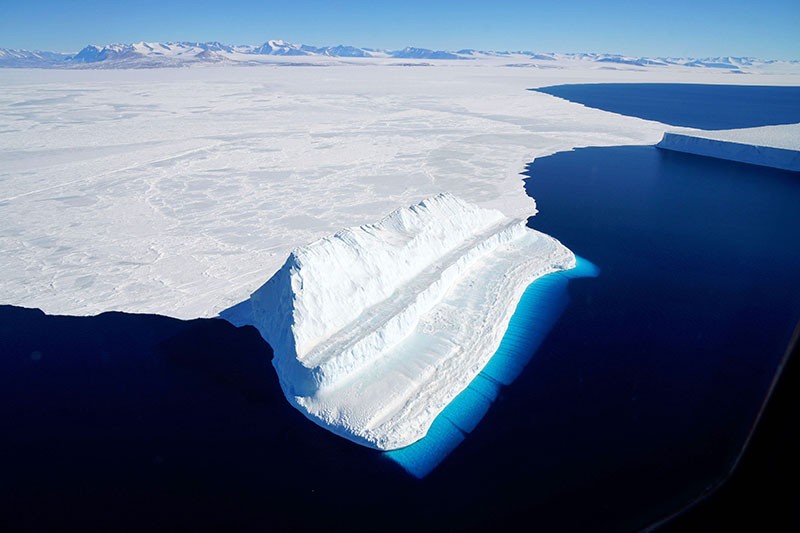
Welcome to Hell, eco-style. The infamous Banning Pass, near Palm Springs, California. This is not a manipulated image — there are as many windmills on the actual landscape as you see in the photo. But the loveliness of the landscape, far out to the blue hills in the distance, is obliterated by these whirring, pulsing monsters. Whether moving or still, intrusion is too gentle a word for them. I’m all for the freedom of the landowner, but this is a failure of reason on a gigantic scale.
A good man learns from experience; a wise man from the experience of others. The following story describes actual experiences with modern windfarms. It has a Canadian focus, but can instruct us too if we listen. Let us do what we can to prevent these mistakes from occurring in New Zealand.
This story is about windmills proving a disaster, both financially and for energy security, but they are disasters in the literal sense, too. These monstrous machines in our landscapes can cause enormous damage when they fail, which they do quite frequently, adding even more to their great expense, not to mention that people have died. We have pictures of some of the failures. Here’s a site that actually supports wind power, claiming they reduce “carbon footprints”, whatever they are, but loves looking at accidents. It makes chilling viewing. Here’s a sample failure:

A catastrophic windmill failure in Germany, with
total fire destruction and loss of blades. Large quantities
of oil can be seen spilling down the tower.
This is a “carbon-free” energy source?
See more on our new page of wind turbine failures.
Wind power is a complete disaster
From the National Post, Canada, April 08, 2009, by Michael J. Trebilcock
[subheads, emphasis, added]
There is no evidence that industrial wind power is likely to have a significant impact on carbon emissions. The European experience is instructive. Denmark, the world’s most wind-intensive nation, with more than 6,000 turbines generating 19% of its electricity, has yet to close a single fossil-fuel plant. It requires 50% more coal-generated electricity to cover wind power’s unpredictability, and pollution and carbon dioxide emissions have risen (by 36% in 2006 alone).
Flemming Nissen, the head of development at West Danish generating company ELSAM (one of Denmark’s largest energy utilities) tells us that “wind turbines do not reduce carbon dioxide emissions.” The German experience is no different. Der Spiegel reports that “Germany’s CO2 emissions haven’t been reduced by even a single gram,” and additional coal- and gas-fired plants have been constructed to ensure reliable delivery.
Indeed, recent academic research shows that wind power may actually increase greenhouse gas emissions in some cases, depending on the carbon-intensity of back-up generation required because of its intermittent character. On the negative side of the environmental ledger are adverse impacts of industrial wind turbines on birdlife and other forms of wildlife, farm animals, wetlands and viewsheds.
When the government picks winners look out for havoc
Industrial wind power is not a viable economic alternative to other energy conservation options. Again, the Danish experience is instructive. Its electricity generation costs are the highest in Europe (15¢/kwh compared to Ontario’s current rate of about 6¢). Niels Gram of the Danish Federation of Industries says, “windmills are a mistake and economically make no sense.” Aase Madsen, the Chair of Energy Policy in the Danish Parliament, calls it “a terribly expensive disaster.” Continue Reading →
Views: 381




